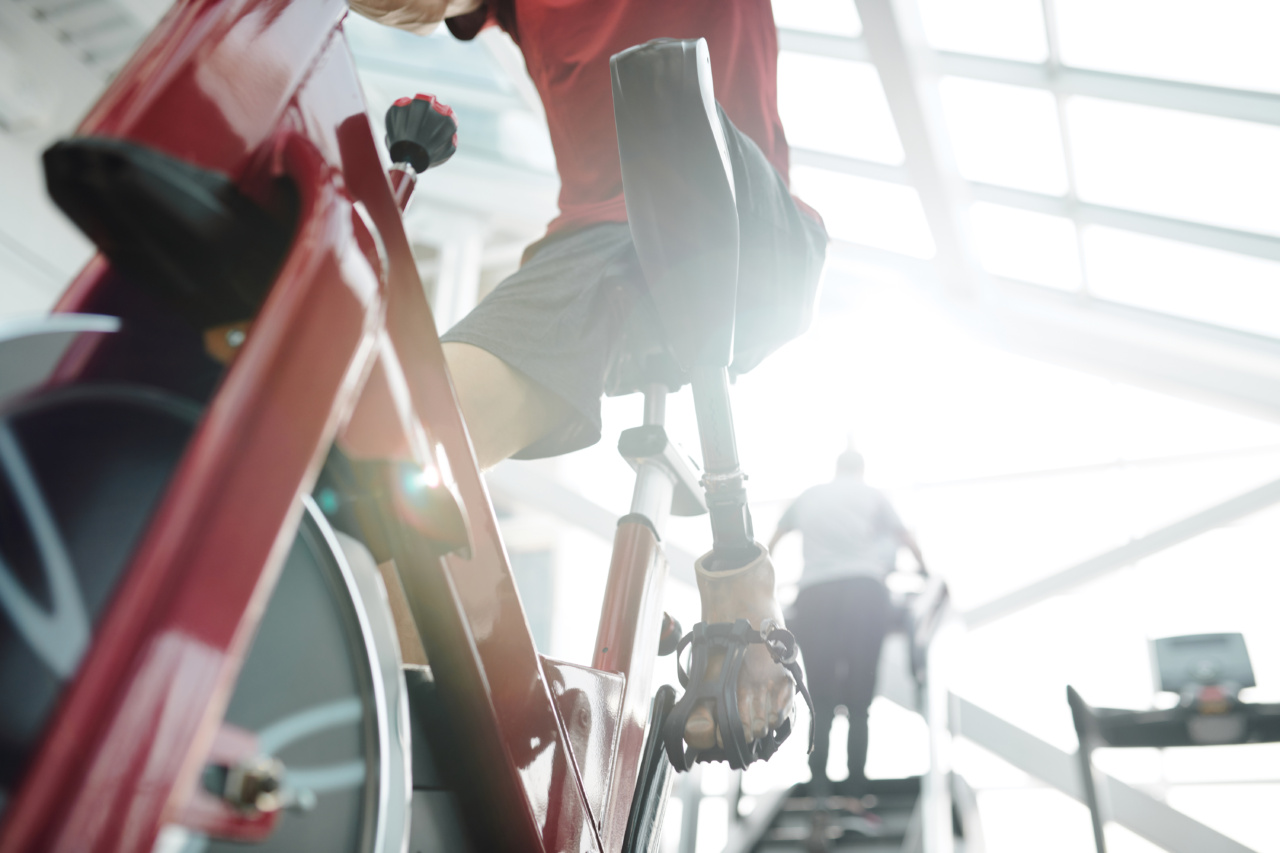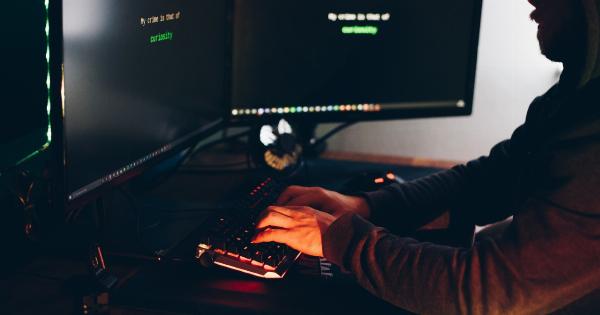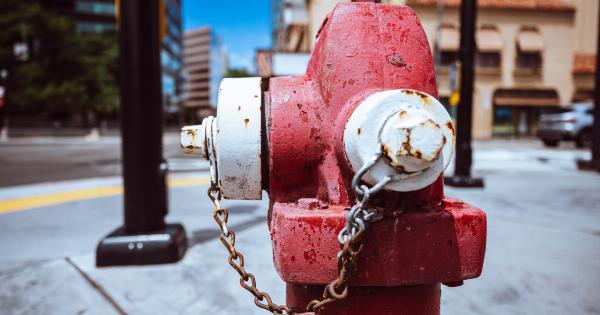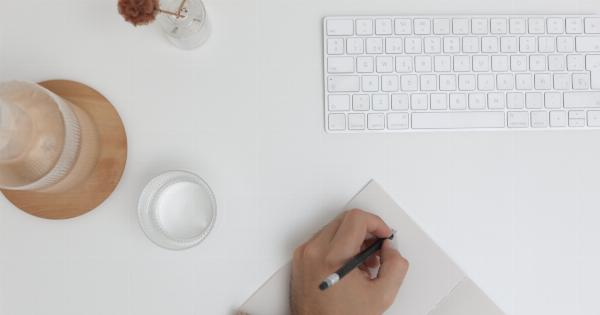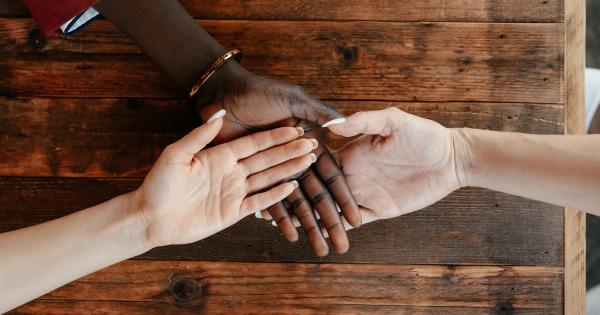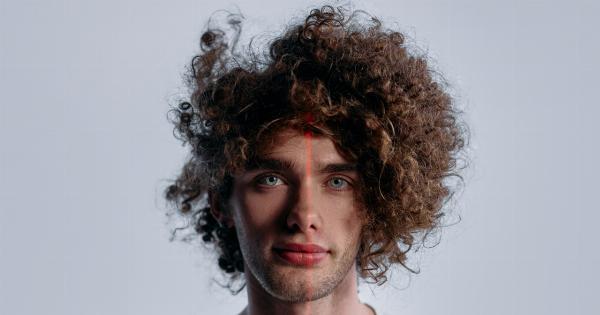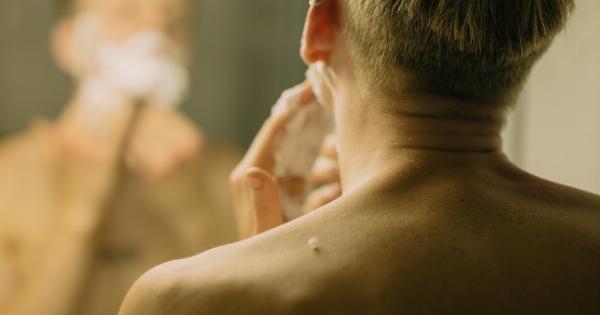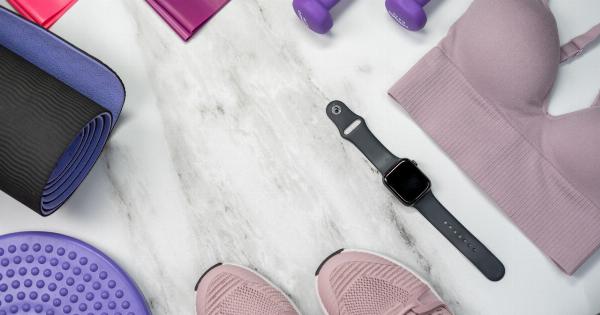Tweezing is a common method of hair removal that has been practiced for centuries. Whether you’re grooming your eyebrows or removing unwanted facial hair, tweezing can be an effective way to achieve the look you want.
However, while tweezing may seem like a harmless activity, doing it in low light can lead to a variety of health risks. In this article, we’ll explore how low light affects tweezing and the risks associated with it.
What is tweezing?
Tweezing is a process of hair removal that involves using a pair of slanted tweezers to grasp and pull hairs out of their follicles. It’s commonly used for shaping eyebrows, removing facial hair, and shaping other parts of the body.
Tweezing is a relatively simple method of hair removal that can be done at home, without the need for any special tools or equipment.
How does low light affect tweezing?
Low light can affect tweezing in a number of ways. For one, it can make it harder to see the hairs you want to remove. This can lead to frustration and potential injury as you try to grasp and pull hairs that you can’t see clearly.
The lack of visibility can also increase the risk of accidentally pulling out more hairs than you intended, which can lead to irregular hair growth and even scarring over time. And if you’re tweezing near your eyes, low light can make it much more difficult to see what you’re doing, increasing the risk of injury or infection.
The health risks of tweezing in low light
While tweezing can be a safe and effective method of hair removal when done properly, there are several health risks associated with doing it in low light.
1. Eye strain
When you tweeze in low light, your eyes have to work harder to see the hairs you’re trying to remove. This can lead to eye strain, which can cause headaches, blurred vision, and fatigue.
Over time, eye strain can also lead to more serious vision problems, such as nearsightedness or astigmatism.
2. Skin irritation
Tweezing can be an irritating process, even under the best of circumstances. However, when you’re doing it in low light, you may not be able to see small cuts or nicks on your skin, which can increase the risk of infection.
Low light can also cause your skin to become dry and irritated, leading to redness, itching, and flaking.
3. Ingrown hairs
When you tweeze in low light, you may accidentally pull out more hairs than you intended, which can lead to ingrown hairs. Ingrown hairs occur when the hair grows back into the skin instead of out of it.
This can cause redness, bumps, and even infection if left untreated. Ingrown hairs can be particularly problematic if you’re tweezing in sensitive areas, such as your bikini line or face.
4. Scarring
When you’re tweezing in low light, you may accidentally tug at your skin as you try to see the hairs you want to remove. This can lead to scarring over time, particularly if you’re tweezing the same area repeatedly.
Scarring can be unsightly and difficult to treat, so it’s important to take steps to prevent it by tweezing in well-lit areas.
5. Infection
When you’re tweezing in low light, it’s easy to miss small cuts or nicks on your skin. These cuts can become infected if bacteria enters the wound, leading to redness, swelling, and pain.
In severe cases, infections can lead to more serious health problems, such as cellulitis or sepsis. To prevent infection, always tweeze in a well-lit area and be sure to clean your tweezers before and after each use.
Conclusion
Tweezing can be a safe and effective method of hair removal when done properly. However, tweezing in low light can increase the risk of a variety of health problems, including eye strain, skin irritation, ingrown hairs, scarring, and infection.
To minimize these risks, it’s important to tweeze in a well-lit area and to be careful when removing hairs from sensitive areas such as the face or bikini line.
